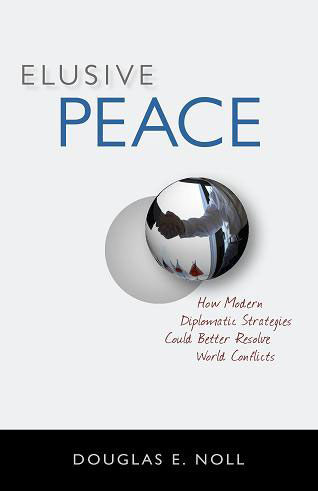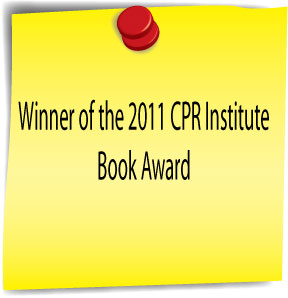One of the great cultural barriers to peacemaking involves what Walter Wink, a brilliant theologian, has described as the Myth of Redemptive Violence. His idea is that our culture is based on violence as a means of bring order out of chaos. In other words, the only thing that works against evil is violence. Peacemaking becomes frightening because it does not seem strong enough to overcome evil. The insane box office success of The Hunger Games demonstrates the power of the Myth of Redemptive Violence in our culture.
The Myth of Redemptive Violence permeates our life. In its simplest form, it is found in children’s entertainment. An indestructible good guy opposes an irreformable and equally indestructible bad guy. Nothing can kill the good guy, though for most of the (comic book, television episode, movie, or novel) he suffers grievously. Somehow, the hero breaks free, vanquishes the villain, and restores order. Nothing finally destroys the bad guy or prevents his reappearance. Bruce Willis, in his post-Moonlighting television series career, made a financial fortune exploiting this myth in his Die Hard movies. Clint Eastwood did the same in his early spaghetti westerns and later as Dirty Harry, the rogue San Francisco cop. So has Disney and countless other entertainment stars and celebrities.
If you pay attention, you will see that the structure of the combat myth is faithfully repeated in The Hunger Games. Our heroine is Katniss Everdeen. Though she’s only a teenager, she’s a tough hunter who puts food on her family’s table. Her father is dead and she lives with her mother and sister Prim in District 12 in the country of Panem, a brutally oppressive autocracy. Every year the Capitol of Panem hosts an event called the Hunger Games where two “tributes” – a boy and a girl – are drafted from each of the twelve districts to be brought to an arena and fight to the death. Only one person can win. Katniss volunteers when her little sister is chosen as the tribute from District 12.
The game starts when the 24 tributes are transported to the arena to fight it out. Katniss is on her own. Eventually, she is cornered by the big rich kids, the Career Tributes. She drops a deadly wasp nest on them and wins a bow and arrow in the process.
After this, Katniss teams up with Rue, a tiny girl from District 11 who reminds her of her sister Prim. Rue is killed by one of the Career Tributes. Katniss honors her body by covering it in flowers.
After Rue’s death, the announcer changes the rules of the game: two people from a single district can now win. Katniss goes hunting for Peeta, the boy from her District, and eventually finds him. He is wounded and camouflaged in the muddy bank of a stream. She nurses him back to health and realizes that by playing up the romance angle, they can get gifts from sponsors.
Eventually, Katniss and Peeta must face off with Cato, the leader of the Career Tributes and the only other surviving tribute, but before that they are all pursued by wild dogs which are actually genetically mutated killing machines. Finally, Katniss shoots Cato and he falls into the pack.
The announcer comes back on and says the rules have changed back: only one winner allowed.
Katniss and Peeta can’t kill each other, so they make a show of taking poisonous berries in an act of double suicide. The announcer comes back on before they can kill themselves, and says that they win.
Here’s how the Myth of Redemptive Violence works: A superior force representing chaos attacks aggressively; the champion fights back, defensively, only to be humiliated in apparent defeat; the evil power satisfies its lust while the hero is incapacitated; the hero escapes, defeats the evil power decisively, and reaffirms order over chaos. The structure of the story cannot be altered. The evil antagonist does not simply lose more often; he must always lose. The good guys must always win. The only way peace is established is through violence.
In all of this, no premium is placed on reasoning, persuasion, negotiation, or diplomacy, not to mention peacemaking. Confession, repentance, apology, and forgiveness are alien concepts in this myth. Villains are never redeemed from their bondage to evil or restored to true humanity. The law is viewed as too weak to deal with pure evil. Hence the gunslinger in the Wild West or Dirty Harry of the inner city takes the law into his own hands. In the movies, John Rambo acts outside the law to achieve justice. Katniss kills and wins against overwhelming odds The heroic results she achieves justify the illegal acts he employs.
Let’s be real here. Redemptive violence is satisfying. The idea of watching a cartoon or movie about peacemaking simply does not satisfy us like a good dose of The Hunger Games. However, this cultural myth dominates our entertainment and our thinking about conflict and is a real barrier to world peace. In this way, the entertainment industry conditions us to violence as a means of restoring and preserving order in an evil world.



